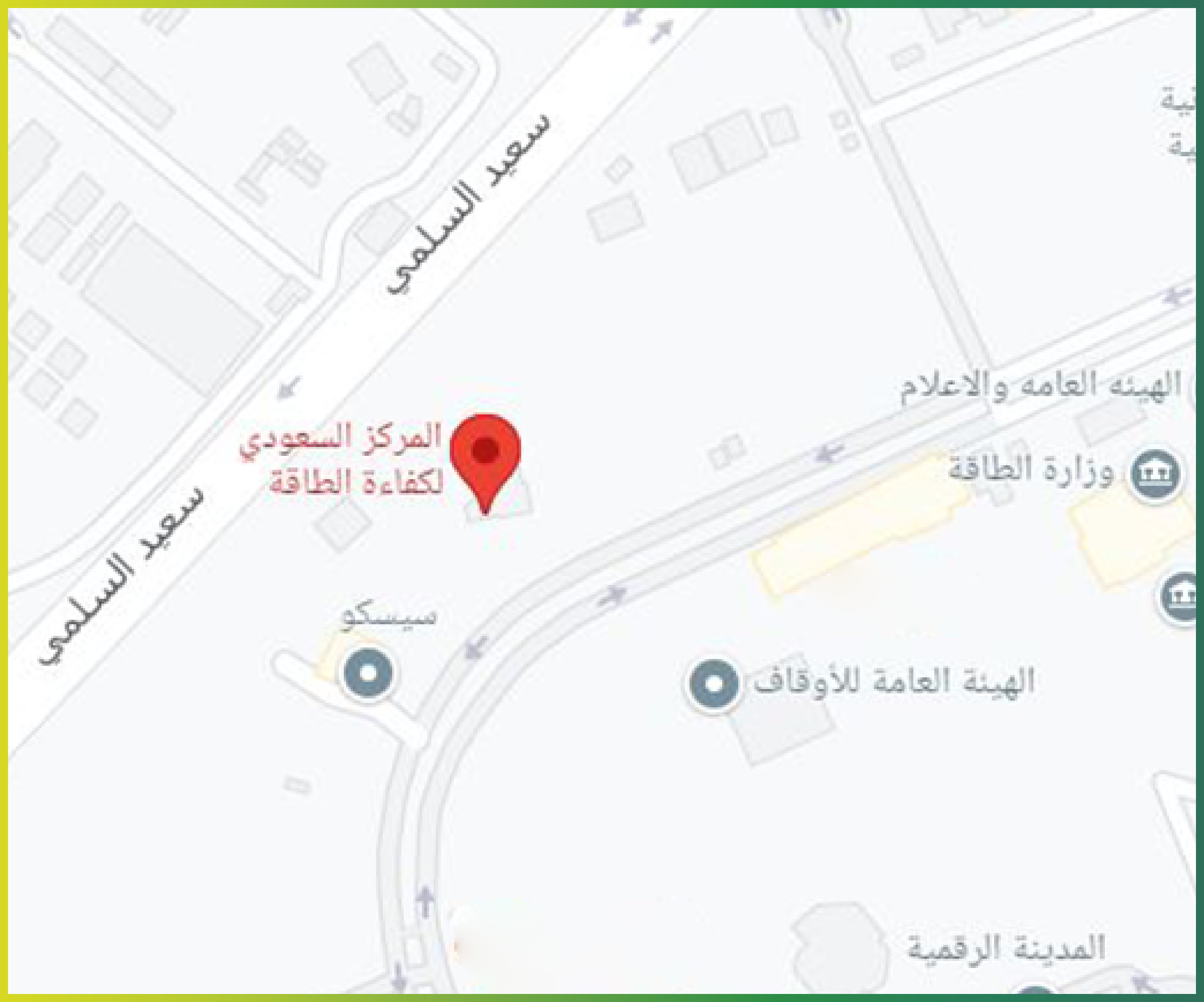Introduction:
SEEC aims to improve the efficiency of energy consumption and feedstock utilization in the industrial sector, which consumes about 47% of total primary energy consumed in the Kingdom. On this basis, efforts and initiatives have been focused on energy-intensive industries through the development of required policies, regulations, and procedures in full cooperation and coordination with relevant entities and utilization of international expertise in this field.
Scope of Work:
This scope of work “SOW” covers all existing and new plants in the petrochemicals, cement, steel, and aluminum sub-sectors which fall under the operation, feasibility study, design, or implementation phases.
In terms of the feedstock utilization efficiency “FUE”, the SOW only focuses on primary raw materials, including the hydrocarbons cracking, ammonia, methanol, propane dehydrogenation (PDH), isobutylene, and benzene-toluene-xylene (BTX).
Industry Sector Initiatives

EE Requirements for Existing and New Plants:

EE Requirements for Existing and New Plants:
SEEC, as represented by the Industry Department, has been working with several government entities to develop “Framework of EE Requirements and Targets for the Industrial Sector” which include requirements and targets of the EE and FUE. In addition, SEEC works, in collaboration with relevant government entities, to ensure the commitment of the companies falling under the SOW with the EE standards and requirements approved by SEEC. The EE Requirements for the existing and new plants are classified as follows:
existing plants:
- Providing SEEC with the representatives of the plants affiliated with the industrial company, to follow up the company’s commitment with the EE targets during an EE cycle.
- Providing SEEC with the data on EE and FUE that required annually within an EE cycle, in order to enable SEEC to work on issuing annual reports about the covered plants showing their annual performance and progress towards achieving the required targets.
- Submitting an EE and FUE improvement plan showing the initiatives and projects that explains how a company is going to improve the EE and FUE in accordance with the schedule and form provided by SEEC.
new plants:
- Communicate with SEEC to provide the necessary initial data, such as appointing a focal point, and submit a copy of the initial plant design before starting the final designs, to review them and ensure their compliance with the EE standards approved by the SEEC.
- Submit an EE study of the plant’s final design before the commencement with implementation, to review them and ensure their compliance with the EE standards approved by the SEEC.
- Communicating periodically and constantly with SEEC to ensure compliance with the requirements and required targets.
For more information or any other inquiries you can contact the following E-mail: newplant@seec.gov.sa

EE Targets for Existing and New Plants:

EE Targets for Existing and New Plants:
Existing plants:
The EE targets for the existing plants in industrial sectors falling under petrochemicals, cement, steel, and aluminum sub-sectors are required to achieve the EE targets which is second quartile in accordance with the benchmark approved by SEEC in the baseline year. This target is to be the minimum EE levels in the target year during the EE cycle.
New plants:
For new plants in the above industrial sub-sectors, EE targets are required to achieve the average 1st quarter of EE levels in accordance with the benchmark approved by SEEC in the plant design year.

Energy Management Program

Energy Management Program
The Energy Management Program is an ecosystem that aims to enhance the energy efficiency culture across various sectors in Saudi Arabia. The Program contains of multiple supportive tools and an organizing set of processes to enable facilities adopting Energy Management Systems (EnMS).
For more information and details, click here

EE Requirements for Existing and New Plants:

EE Requirements for Existing and New Plants:

EE Targets for Existing and New Plants:

EE Targets for Existing and New Plants:

Energy Management Program

Energy Management Program
SEEC, as represented by the Industry Department, has been working with several government entities to develop “Framework of EE Requirements and Targets for the Industrial Sector” which include requirements and targets of the EE and FUE. In addition, SEEC works, in collaboration with relevant government entities, to ensure the commitment of the companies falling under the SOW with the EE standards and requirements approved by SEEC. The EE Requirements for the existing and new plants are classified as follows:
existing plants:
- Providing SEEC with the representatives of the plants affiliated with the industrial company, to follow up the company’s commitment with the EE targets during an EE cycle.
- Providing SEEC with the data on EE and FUE that required annually within an EE cycle, in order to enable SEEC to work on issuing annual reports about the covered plants showing their annual performance and progress towards achieving the required targets.
- Submitting an EE and FUE improvement plan showing the initiatives and projects that explains how a company is going to improve the EE and FUE in accordance with the schedule and form provided by SEEC.
new plants:
- Communicate with SEEC to provide the necessary initial data, such as appointing a focal point, and submit a copy of the initial plant design before starting the final designs, to review them and ensure their compliance with the EE standards approved by the SEEC.
- Submit an EE study of the plant’s final design before the commencement with implementation, to review them and ensure their compliance with the EE standards approved by the SEEC.
- Communicating periodically and constantly with SEEC to ensure compliance with the requirements and required targets.
For more information or any other inquiries you can contact the following E-mail: newplant@seec.gov.sa
Existing plants:
The EE targets for the existing plants in industrial sectors falling under petrochemicals, cement, steel, and aluminum sub-sectors are required to achieve the EE targets which is second quartile in accordance with the benchmark approved by SEEC in the baseline year. This target is to be the minimum EE levels in the target year during the EE cycle.
New plants:
For new plants in the above industrial sub-sectors, EE targets are required to achieve the average 1st quarter of EE levels in accordance with the benchmark approved by SEEC in the plant design year.
The Energy Management Program is an ecosystem that aims to enhance the energy efficiency culture across various sectors in Saudi Arabia. The Program contains of multiple supportive tools and an organizing set of processes to enable facilities adopting Energy Management Systems (EnMS).
For more information and details, click here










